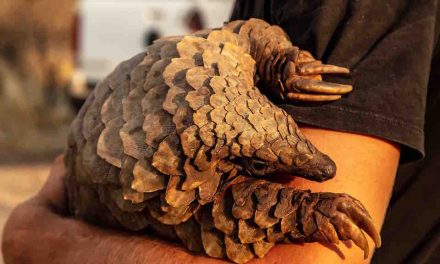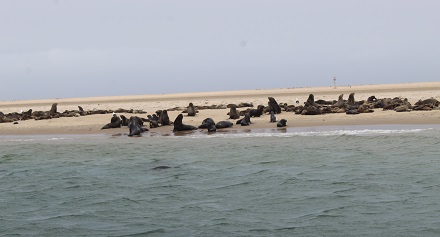
Bushmen use fire as a management tool to improve grazing

The Bushmen of the San community in the Nyae Nyae Conservancy are using fire pro-actively to burn certain areas of the bush to improve grazing conditions and to reduce the hazard of so-called hot fires when the grass cover is too dense.
2011 was the wettest year on record in Namibia. As a result, large areas of the conservancy still had a high grass load in 2012 but by then the bush was dry. When veld fires broke out in these conditions, it caused much damage to both rangeland and wildlife, and it endangered the lives of the San community.
The hot fires during the dry season in September and October are particularly damaging and uncontrollable, causing widespread devastation.
The new approach of selective burning in winter when it is cooler, follows a Bushman tradition of controlling grass load through natural means. This allows the fires to be better controlled during the period when the grass load is less to prevent the later and more damaging hot fires.
The Nyae Nyae community, assisted by the Ministry of Agriculture, Water and Forestry and with support from the European Union Climate Change Adaptation Project and the Community Forest II project, is helping all other settlements in the conservancy area to prevent future run-away bush fires by showing them how to use fire as a control mechanism.
The approach that has delivered the best results consists of dividing the land into huge blocks on a map. Only certain blocks are selected for burning, which is then done by community members.
A three-year survey of the bush and grazing destroyed by uncontrollable wild fires show that in 2014, some 22% of the conservancy’s land area suffered this fate. In 2015 it came down to 12% and last year to 11%. This is still a vast tract of land lost to fire comprising about 4000 square kilometres. Since 2012, wild fires have been reduced by an incredible 70%
During 2017 the focus will be on burning large ‘patchwork’ areas in mid-season with the input and support of the local community to ensure a safe application of selective, controlled burning. The goal is to protect settlements and villages, and to protect the bush from run-away fires which not only destroys grazing, but also the habitat of the medicinal Devil’s Claw plant, which the Bushmen harvest and sell to traders.













































